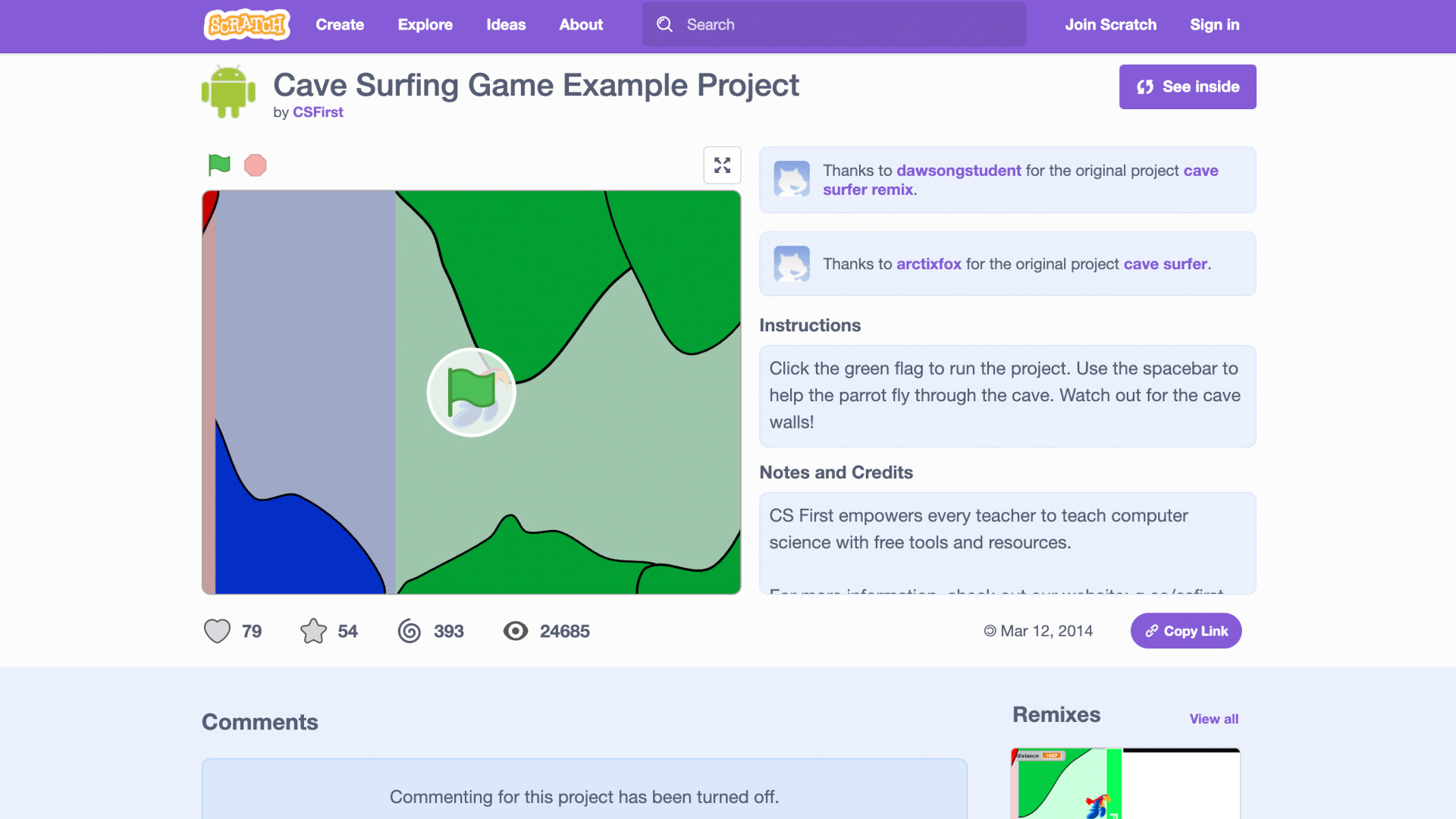CS First: How to Use It to Teach
CS First is a Google platform that is offered for free to learn computer science. The online system is a way to help anyone teach the subject more easily for a range of ages.
Primarily targeted at late elementary to middle school ages, this is a tool that aims to bring new students into the world of computer science in a range of ways. Ultimately, this is free as it allows Google to help grow its future workforce, including any students who can benefit from potentially working in that field.
Sure, there are plenty of computer science resources out there but this one, being from Google, is very easy to use, intuitively designed, and integrates well with most systems and subjects.
This guide aims to explain all you need to know, to see if Google CS First could work well for your class.
What is CS First?
CS First is a Google tool that is based online and accessible by anyone, and offers an array of resources for teaching computer science.
Built by Google, this is designed to run inside a browser, which makes it a very minimal setup that can be accessed from most devices and internet connections. While this is full of lessons ready to go, the platform is also filled with resources for teachers. It is designed for in-class use, rather than simply being used by students alone — although both options are there.
Available in English and Spanish, everything is very clearly laid out and intuitive to use. As such, this can be used to teach computer science even by teachers who are new to teaching the subject. Since this uses the Scratch programming language it is very useful, and there are lots of online resources to support and implement that immediately.
How does CS First work?
CS First can be accessed online, and offers more than 80 programming situations across 19 themes. This allows students and teachers to work across areas such as animation, stories, music, art, sports, game design, and more.
Themed lessons are sectionalized into one hour activities or multi-day projects. Teachers can use the Curriculum Finder to work on specific areas that need to be addressed.
The lesson generally begins with a video that students watch to get an overview. They are then tasked with creating their own content by following the examples provided. Thanks to step-by-step guidance, it’s possible for students to complete a project or work with very little assistance required.
Customization is an option to put a personal touch on projects. It’s then possible to present these back to the class for moderation and assessment as required. Thanks to activity badges, most of the feedback is actually built-in along the way so students can see what still needs to get done to finish the work.

What are the best CS First features?
CS First offers a nice wide range of difficulty levels that span a decent age range, from late elementary to middle school. Consequently, there is something suitably challenging enough for most students in those age ranges to be able to progress at a good pace.
Thanks to the online nature of the platform and breakdown of content, this can be used in class, at home, or for distance learning. Usefully, this can be applied to many lessons, so computer science can become a part of learning another subject without the need for a dedicated class.
The dashboard is really useful and works well for those teachers using Google Classroom already. This fits into that system and shows student progress as well as offering lesson plans and guide access, competition certificates, classroom kits, downloadable files, and plenty more.
Thanks to digital materials along with solution guides, this can make for a very independent learning experience for students, allowing this to be used at home as well as in class with minimal teacher engagement necessary.

How much does CS First cost?
CS First is provided by Google as a totally free resource. That means any number of teachers and students can use this and all the resources are all freely available. Plus, there are no ads and everything is built for safe use in schools by students.
CS First best tips and tricks
Go slow
A lot is packed into a relatively short amount of learning time, so having break-out moments to reflect and absorb can be an effective way to teach.
Go fast
Load students up with project options so those that want to, can go deeper, while others can pick the pace at which they wish to learn.
Go home
Send work home so that students can gain confidence working alone but can also progress to more effectively use the Scratch skills as they may want.







